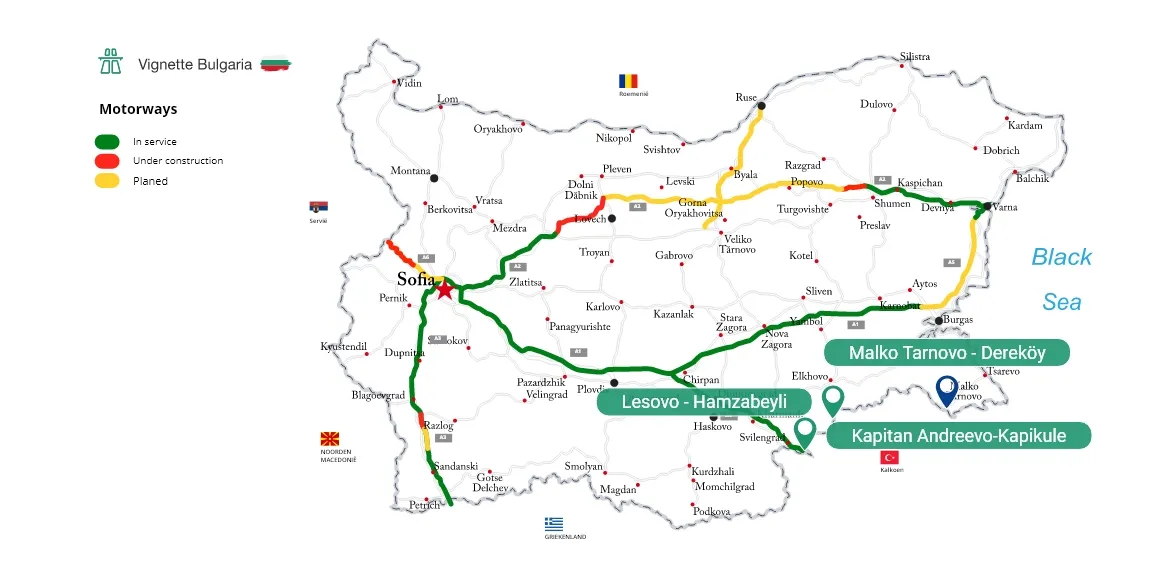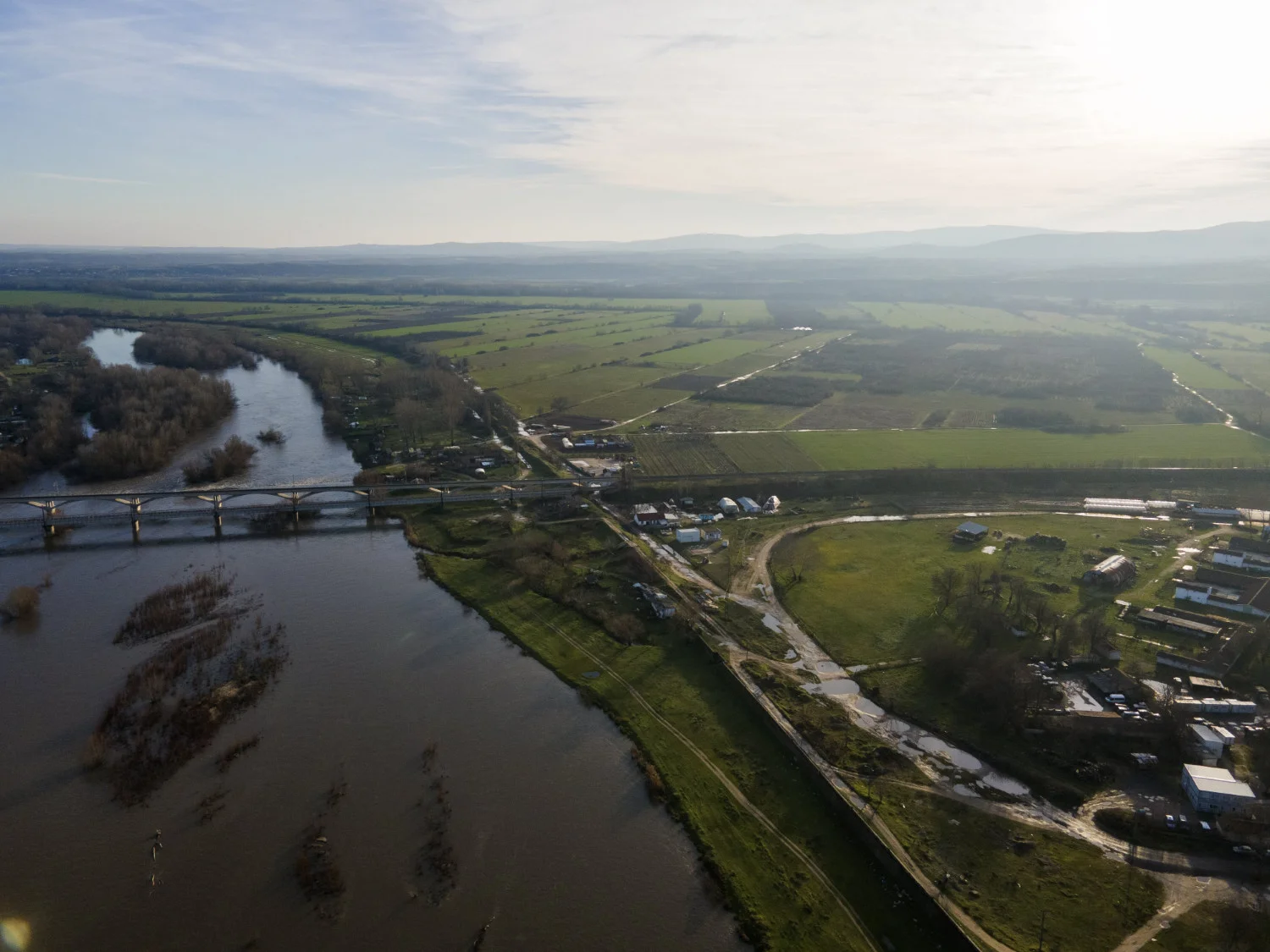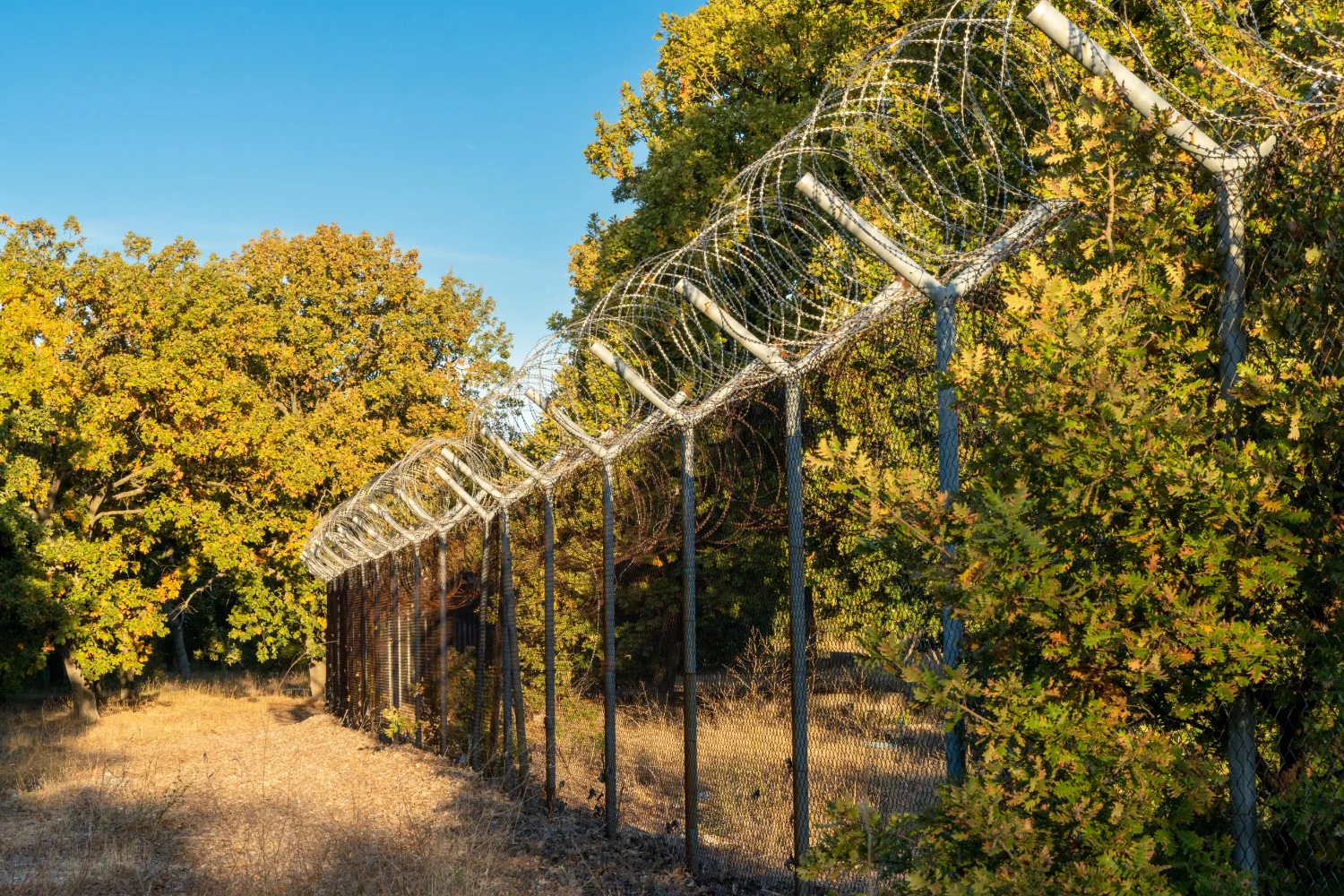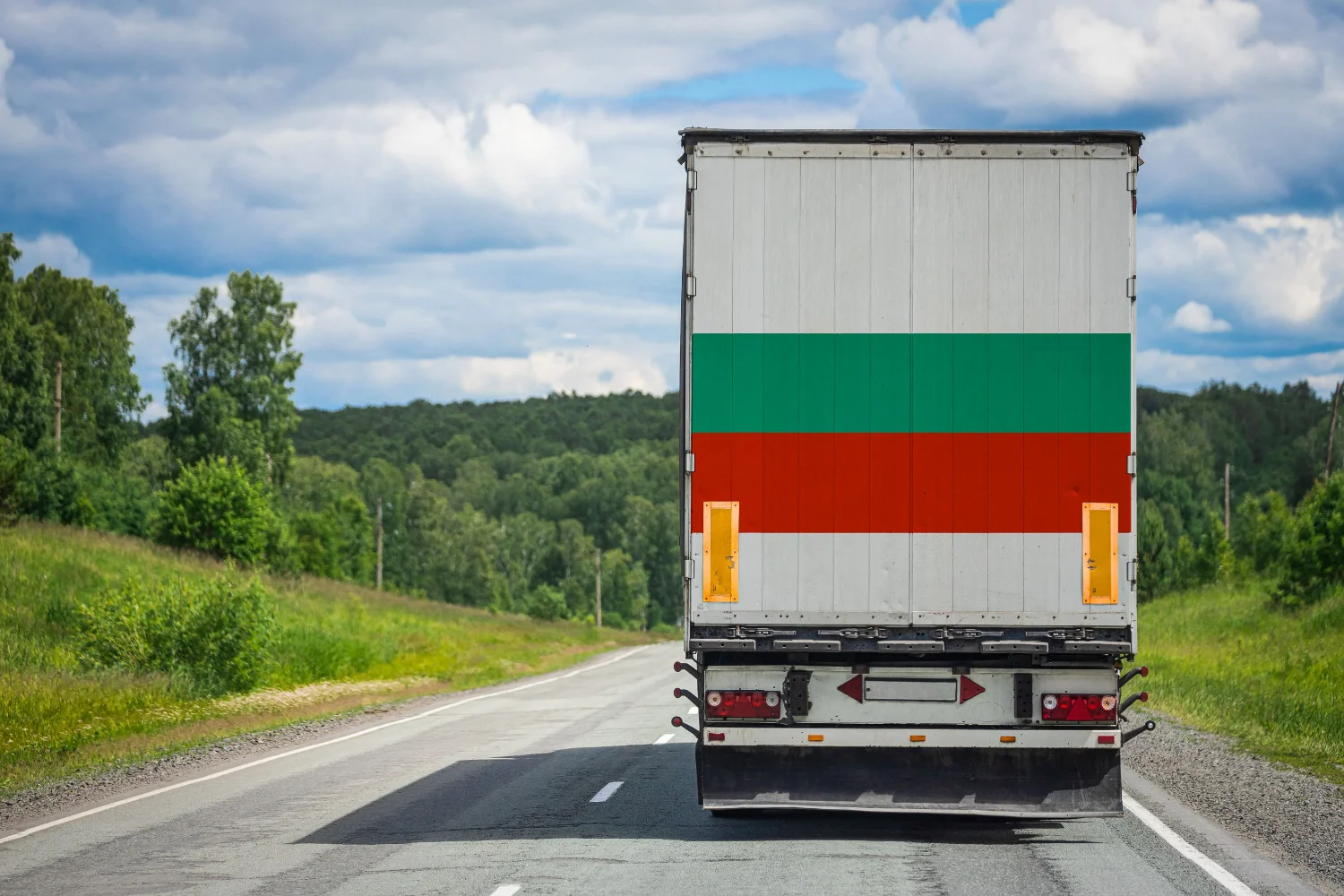All You Need to Know About the Crossing Points of the Bulgaria-Turkey Border
Not only does this 513 km (319 mi) Bulgaria-Turkey border separate the two countries, but it also connects Europe and the Middle East. As such, it is considered of both historical and strategic importance.
Below, we provide road users with an informative guide about border crossings. We'll also look at how Bulgaria and Turkey cooperate in maintaining the border and plans for the future.
This article provides an informative guide for car users travelling between Bulgaria and Turkey. It includes details about border crossings, access, and nearby attractions. Cooperation between the two countries to ensure smooth transit for both trade and cars is explored. And, upcoming infrastructural developments are discussed.
The Bulgarian-Turkish Border Past and Present
The Bulgaria-Turkey land border is steeped in history, dating back centuries. It has served as the crossroads of civilizations and has witnessed the rise and fall of empires. This has fostered a massive cultural exchange and a legacy of the movement of goods and people.
Today, the Bulgarian-Turkish shared border is marked by close cooperation by authorities in various spheres. Intelligence, policing, maintenance and development all form part of a broader effort to improve connectivity and security along the front line.

Major Border Transit Points and Nearby Attractions:
Here are the key border posts on the Bulgarian-Turkey border.
Kapitan Andreevo-Kapikule
The busiest of all the access points along the border between Bulgaria and Turkey. Situated southeast of Svilengrad and northwest of Edirne, in Bulgaria and Turkey respectively. The border post provides access for trade and travellers. It is reached using the A4/E80 from Sofia (Bulgaria).
In Turkey, use the D100/E80 from Istanbul. Edirne dates to the Ottoman era, typified by its unique architecture. Tourists can explore the nearby Selimiye mosque and Grand Bazaar or relax along the Meriç (Maritsa) River. When you are traveling from Turkey into Bulgaria please remember that you need a valid vignette. You need to buy a Bulgarian vignette as soon as you cross the border. If you travel back home towards western or northern Europe it can be cost efficient to buy a vignette with a longer validity date. It enables you to use it for both the outbound and return journey.
Most, if not all travelers from countries like The Netherlands, Germany and Austria use this specific border crossing when they go on holiday in Turkey. The highway from Edirne runs all the way to Dragoman before it takes you to Dimitrovrad, one of the major Serbian and Bulgarian border crossings.

Lesovo - Hamzabeyli
Moving to the northeast, this point provides a convenient transit on the Turkey-Bulgaria border. To reach the border, use Route I-7/E85 from Sofia to Svilengrad and then to Lesovo. In Turkey, choose the D535 from Edirne, heading to Uzunköprü and Hamzabeyli. The city of Edirne on the Turkish side has a wealth of cultural and historical highlights.
On the northern side of the border fence, the Arda River valley offers natural attractions, while Svilengrad has various historical attractions. Further afield, the ancient city of Plovdiv is renowned for its local wines and Roman architecture.
Malko Tarnovo - Dereköy
Amid the scenic Strandzha Mountains, you'll find this the most picturesque place to cross the borders. In Bulgaria, Road I-9 from Malko Tarnovo goes to the Turkish border fence. On the other side, in Turkey, the D-555/E87 reaches the border from Dereköy.
The highlight of this area is the Strandzha Nature Park, where nature lovers will enjoy the scenery and biodiversity. Villages, such as Brashylan, showcase the local cultural heritage. In Turkey, don't miss out on the Dereköy forest.

Border Procedures between Turkey-Bulgaria
Turkey is not a part of the European Union and consequently not part of the Schengen Area. Therefore visitors from either nation, EU citizens and others are required to have a valid passport or other travel documents. After inspection and passport stamping, you will be granted access. When leaving Bulgarian territory, you must have a valid passport and visa for Turkey (if required for your nationality).
Asylum Seekers and Illegal Border Crossings from Turkey-Bulgaria

Asylum seekers, mainly from Middle Eastern countries, have been denied entry into the European Union. This has occurred along the Bulgaria-Turkey border. There have been allegations of brutality against police and border guards and opposition to a new fence. The human rights commissioner of the Council of European Countries has expressed their concern to Bulgaria. The river that runs along the border between Bulgaria and Greece on one hand and Turkey on the other is also frequently used. The border is not used to travel from Bulgaria to Greece but the other way around. Asylum seekers traveling to western Europe frequently use the river to cross into Bulgaria. Official border crossings are usually avoided by them.
Some member states of the European Commission advocated for the construction of a border fence using the EU budget, to prevent illegal immigration. As of December 2022, Austria has blocked Bulgaria's admission to the Schengen area, over this matter. To date, 100 km of the planned 160 km border fence has been constructed along the Bulgarian border.
Importance of Trade and Measures for Smooth Transit at Bulgaria to Turkey Border
To safeguard trade and economic cooperation between Turkey and Bulgaria, border crossings are vital. Due to its position, Bulgaria is an essential conduit of trade between European countries, the Middle East, and beyond.
Various measures in place to ensure the smooth passage of goods, including streamlined customs and improved infrastructure. Modern technologies are employed and there is widespread collaboration between the authorities.

Upcoming Infrastructural Developments at Bulgaria-Turkey Border Crossing Points
A range of infrastructural developments to enhance trade, connectivity, and efficiency are planned. The roads will be modernised, additional entry points added, and new technologies rolled out. These will serve to enhance the transit experience overall.
The border area and facilities will undoubtedly continue to serve as an important land bridge for culture and commerce.